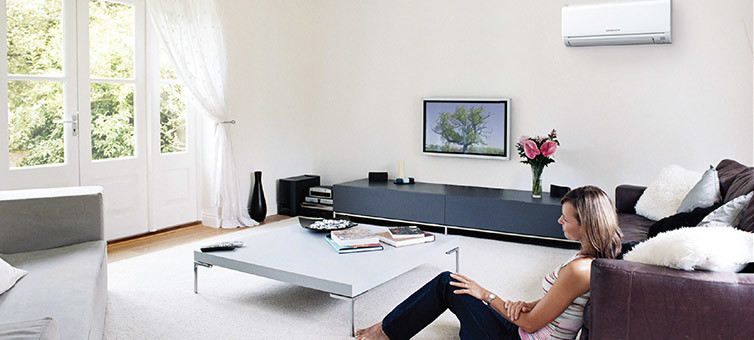The split system is a popular air conditioning unit because of its versatility and ease of installation. However, there are some disadvantages as well, and this article will discuss those as well. One of the most common drawbacks to these units is the noise they generate. Depending on the model, they can be loud enough to disturb anyone in the area. In addition, depending on the amount of insulation in the ductwork, the noise generated by the systems can cause excessive wear and tear on the insulation. Some even come with additional features such as thermostat controls, which are nice but can make the unit much more complicated to use.

This is one of two types of split systems. The split system extracts humidity and heat from the outside air through the condenser coil and sends it via ductwork into the indoor unit. In the indoor unit, the refrigerants are passed through copper tubing, and in the split system, the refrigerants are passed through chilled air chambers. In the first instance, the refrigerant is cooled by the warm air in the rooms, which causes the refrigerant to turn into water. This water turns into a dehumidifier, which is then sent into the condenser coil to condense any remaining moisture and turn the water into cold air.
This is an excellent alternative to traditional air conditioners because it doesn’t require ductwork, and since it operates quietly, it doesn’t disturb anyone in the house. It’s also suitable for people who live in small or large areas because the indoor unit can be installed in a closet or other space out of the way. Also, an air conditioning unit with this feature is perfect for a bedroom or recreational room because it’s so quiet. These units are less noisy than their split counterparts, which is perfect if you want to keep noise levels low in your home. This type of unit uses electricity, which is a significant source of carbon emissions. The American Lung Association says that installing an air conditioning unit like this in the house is one of the best options for lowering your carbon footprint.
Split system air conditioners are a little more expensive than your standard evaporative coolers. This is because they have a complex, separate set of cooling and heating components to operate more efficiently. A split unit heats the room first and then sends the cooled air through tubes to the indoor unit. While the room stays warm, the water in the chilled water tank sits at a lower temperature, allowing it to condense and turn into cold air again.
If you have in your home, there are several things to consider before you decide to replace the original unit. The primary thing to consider is whether your room needs to be cooled or just heated. Most split units use a single evaporator, but some rooms may need two or more units for optimal cooling. The size of your room will help you determine the number of evaporators that you will need. The larger your room, the more units you should install.
Next, you’ll need to determine whether your room needs or if a window unit is sufficient? If you have a large room, you’ll probably be better off with a central unit. These are much more energy-efficient and require less electrical power to operate. On the other hand, a window unit is more practical in smaller rooms because it does not take up valuable floor space. It also gives you the option to open the windows if you wish to enjoy a bit of cooling in your room.